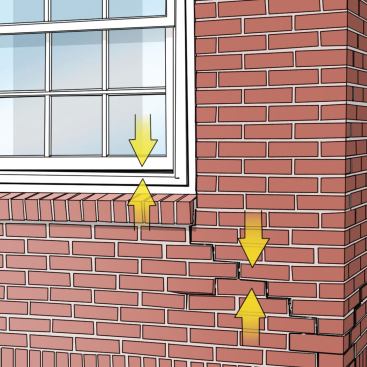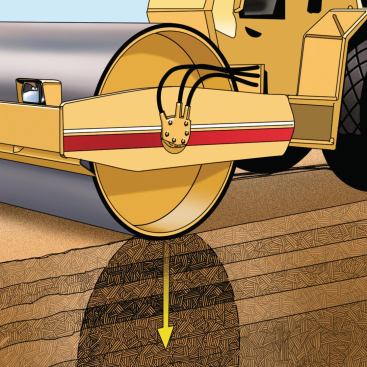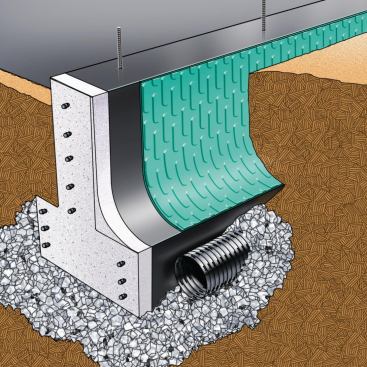Harry Whitver
All houses settle, some so little or so evenly across the foundation that the effect is imperceptible and inconsequential to the quality and livability of the house. Others are obvious, creating noticeable cracks in the foundation and above-grade walls and ceilings, causing windows and doors to rack, and resulting in sloped floors. Cracks and racking also likely undermine any attempts to reduce a home’s energy consumption, working against an air-sealed and insulated building envelope.
Obviously, fixing the problem is a lot harder and more expensive than spending a few extra days and dollars to properly compact the soil under the foundation footprint and engineer a slab or basement for your site’s soil conditions.
A soils test, specifically a soil bearing verification test conducted by a state-certified engineer, will tell you most of what you need to know. The rest is making sure your trade partners—from the compaction contractor to the concrete supplier and the foundation sub—do their jobs with attention to detail and tight tolerances to ensure that when the house settles (and it will) that the impact is minimal and all but unnoticed.





